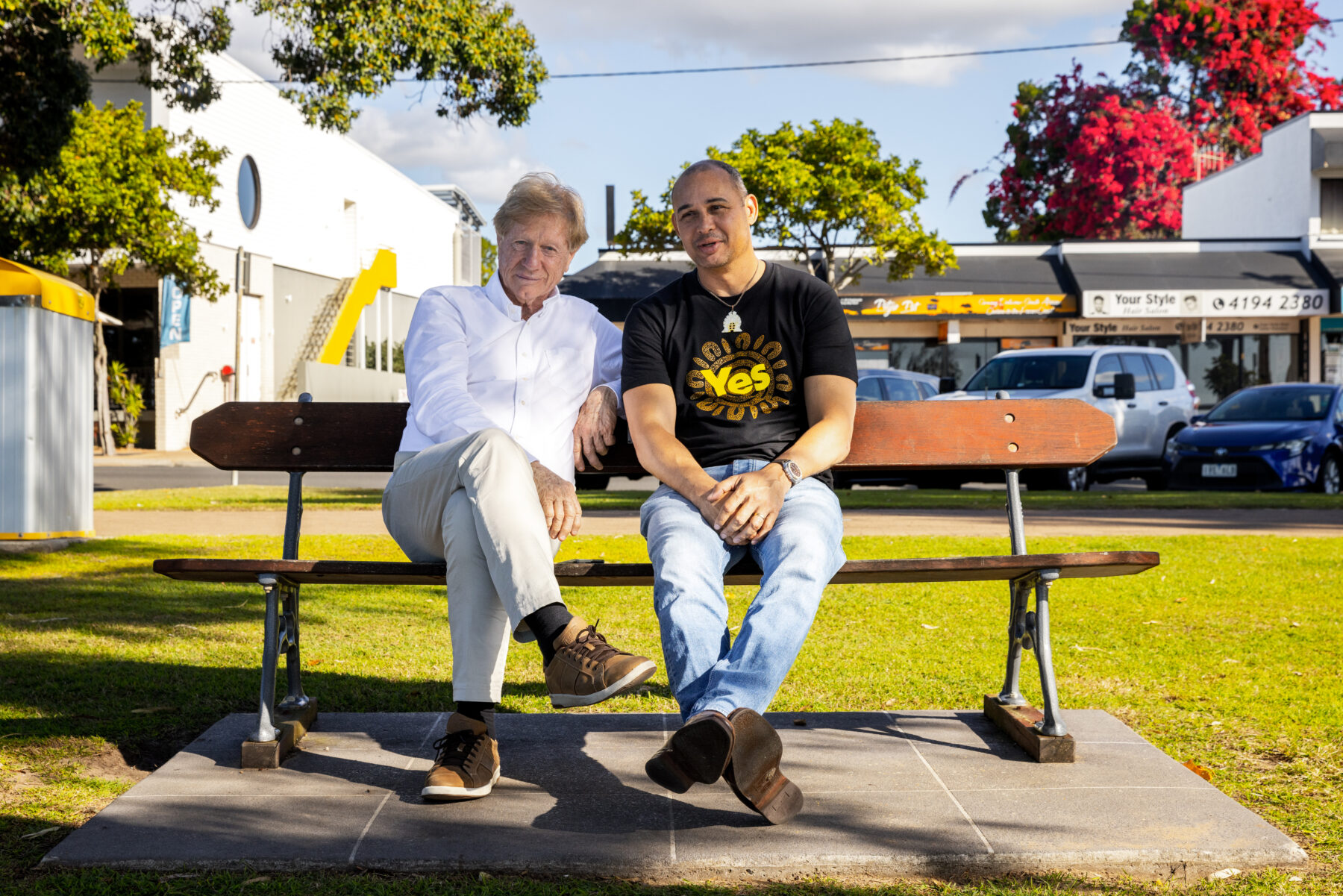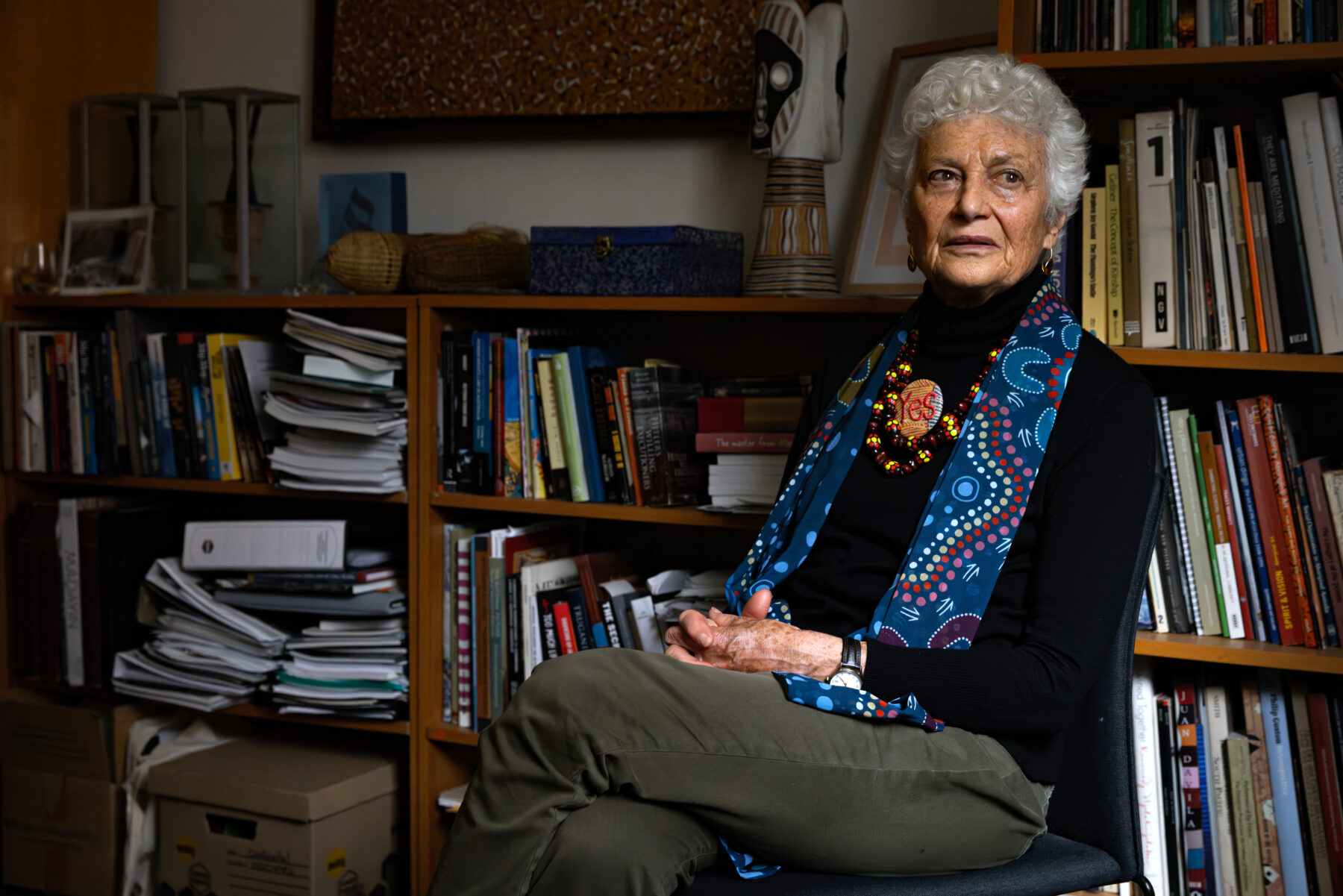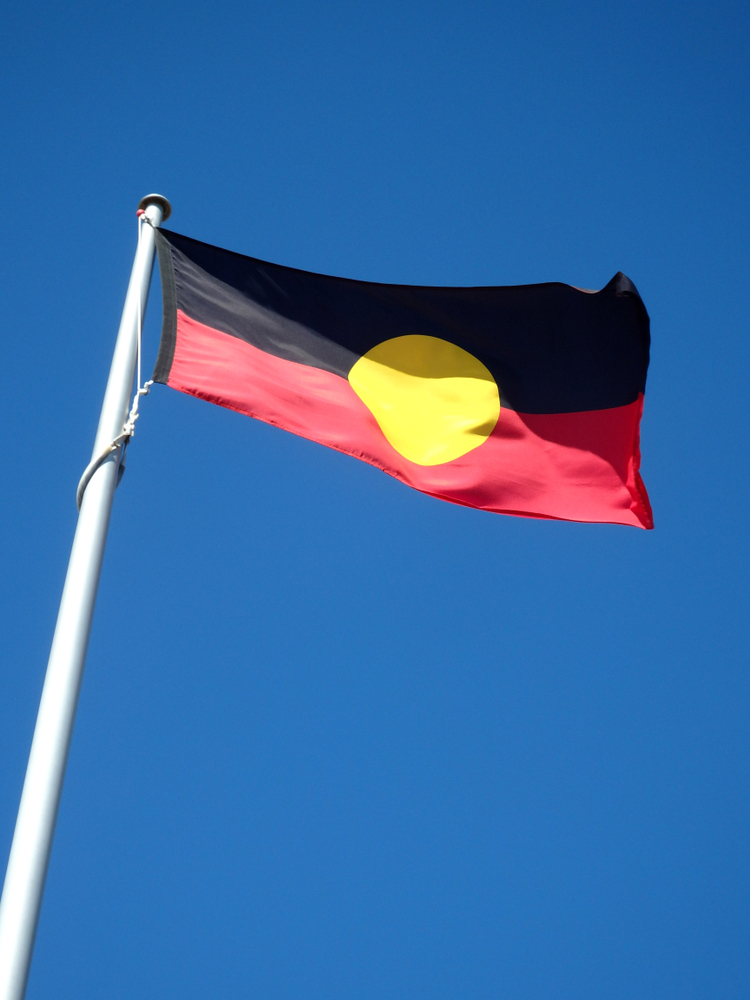There is clear evidence mainstream government services have, for decades, failed to improve outcomes for Aboriginal and Torres Strait Islander populations. In fact, there is evidence that many of their policies cause harm. For example, the Northern Territory Intervention initiated in 2007 aimed to reduce Indigenous child sexual abuse in response to the Little Children are Sacred report. Instead, Australian Institute of Health and Welfare (AIHW) data shows it has resulted in increases in child sexual abuse in the NT every year since. It was also hugely costly and had no Aboriginal advice.
Most state, territory and federal government services for Indigenous Australians have been very expensive, based on inappropriate data, and ignorant of vital Aboriginal knowledge.
Programs that are initiated and implemented by Aboriginal experts, or in close collaboration with them, are trusted and used, are based on local personal/geographic/social circumstances about which Aboriginal experts are fully informed, and enhance the self-esteem and mental health of the community. Examples include: the First Nations COVID response, Aboriginal birthing, and the Youth Justice System. These show that when services are developed with Indigenous knowledge, they are extremely effective.

COVID response: All colonised, Indigenous populations internationally are at very high risk from pandemics such as COVID. They are more likely to: have chronic disease; live in overcrowded housing; have limited understanding of viral infections; live in cities with potential exposures being high. We, therefore, expected very high infection, hospitalisations and death rates from COVID in Aboriginal populations. And yet, nationwide, Aboriginal populations had six times fewer cases than non-Indigenous groups. A complete reversal of the gap!
In 2020 and 2021, there were low rates of hospitalisation, no deaths, no cases in remote communities and no cases after the Black Lives Matter marches. This extraordinary, and unexpected, outcome was due to the Aboriginal leadership taking control of all activities for prevention, diagnosis and treatment, as well as housing, social and medical support. From the National Aboriginal Community Controlled Health Organisation (NACCHO) down to state/territory, regional and remote areas, Aboriginal services demanded and received all the resources they needed to implement this success. They had a Voice that was acted upon.
The 2009 H1N1 flu pandemic was disastrous in Aboriginal populations nationally. Then, Aboriginal people did not have a seat at the table, but in 2020 they did. However, when that Voice was ignored in 2021–22, in addition to a poor vaccine rollout and premature opening of communities, there were cases and deaths. Still, overall, the results were extraordinary and should be lauded.

Aboriginal birthing: All the essential prerequisites for a healthy, productive life are laid down during pregnancy and the early childhood years. When Aboriginal people run their own culturally strong birthing services, outcomes are improved throughout life. It is perhaps in these early programs that mainstream services have let Aboriginal families down more than in any other area, because of the power of this vital time to overcome the inter-generational trauma left from colonisation.
There are two major examples of success:
1. Studies from around the world and in Australia show that having Indigenous doulas improves all birth outcomes for babies and their mothers, due to attendance for antenatal care and good preventive and cultural activities.
2. Aboriginal community-controlled early years centres (ACCEYC) around Australia (there were about 75 in 2015) provided culturally safe wrap-around services for parents and children. They adapted all the evidence-based principles of early care to local Aboriginal settings, and resulted in: more children being ready for and attending school; more Aboriginal youth completing Year 12; and fewer children with poor mental health (see AIHW closing the gap reports aihw.gov.au).
The Coalition government stopped funding these 75 centres in 2015–16 with disastrous results, one of which is an increase in frightening youth behaviours and incarceration seen today in Alice Springs, Darwin, Queensland and Western Australia.

What is the gap?
The gap refers to the difference in years in the health and life expectancy between Indigenous and non-Indigenous Australians. The Close the Gap Campaign aims to close that gap, currently estimated at 8.6 years for men and 7.8 years for women, within a generation. The campaign, launched in 2006 by the Australian Human Rights Commission, is based on evidence that displays significant improvements in the health status of Aboriginal and Torres Strait Islanders can be achieved by 2030.
Image credit: shutterstock
Youth justice: The developmental pathways that result in more Aboriginal children being detained in Australia begin in pregnancy and early life. All children and youth in detention have had a harmful developmental pathway due, for example, to fetal alcohol spectrum disorder, ADHD, intellectual disability or early life trauma. None would have had a normal nurturing early life.
Indigenous children can be detained as young as 10 – the age of criminal responsibility in Australia – in some states. The response of state governments to lock up these damaged children and not provide therapeutic programs results in more leaving detention with very serious behavioural issues. They are much more likely to reoffend and commit more-serious crimes. In addition to the ACCEYC already mentioned, there are several successful Aboriginal diversionary programs that manage these children to avoid them being locked up. Such programs use strong cultural environments and respected leaders; all of them succeed in most of their children avoiding incarceration. Many put these damaged children on a pathway to successful societal participation, surrounding them with the strong nurturing and therapeutic services they need. They are much more cost-effective than youth detention centres, which cost $500,000 per year, per child.

Even under-funded, the diversionary programs have succeeded in averting catastrophic outcomes for Aboriginal children. An outstanding example, which also demonstrates the power of Indigenous data sovereignty (see: healthinfonet.ecu.edu.au/learn/cultural-ways/data-sovereignty), is the Justice Reinvestment Project in Bourke. Based on its own data collection and analysis, which described pathways into crime, the community partnered with all the relevant mainstream services, such as health, police, child protection, housing and substance abuse. See Maranguka community (seerdata.ai/maranguka-community-hub) for results that have been transformative.
Data from Canada have shown that the First Nations pop-ulations that run their own services not only have better services but rates of youth suicide are much lower. This is due to high self-esteem in the community, proud of culture and knowledge. Aboriginal birthing services in the Nunavut community in Northern Ontario showed reduced alcohol use, domestic violence and suicide. The evidence is clear. Having a Voice will make a huge difference to improving First Nations outcomes.
To find out more about how the Voice could help close the gap: yes23.com.au
Professor Fiona Stanley is an Australian epidemiologist who was named Australian of the Year in 2003. She is the UNICEF Australian Ambassador for Early Childhood Development.
Professor Marcia Langton, a descendant of the Yiman and Bidjara nations, is an academic, anthropologist and geographer. She is the first associate provost at the University of Melbourne.
The Voice to Parliament Handbook by Thomas Mayo and Kerry O’Brien, published by Hardie Grant Explore, May 2023, RRP $16.99




